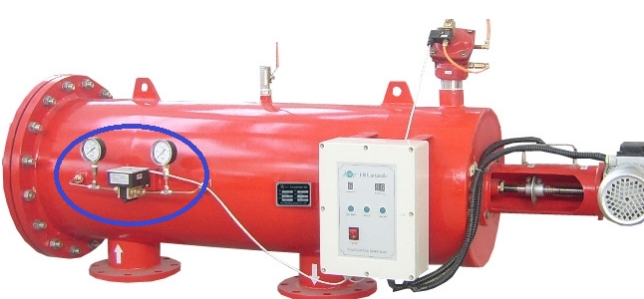Principle and function of differential pressure switch
Principle and function of differential pressure switch
Principle of differential pressure switch:
Differential pressure switch is a mechanical switch, a pressure in the cavity has a diaphragm or corrugated pipe pressure cavity can be divided into internal and external two cavity, two cavity has high and low voltage terminal interface, respectively in the mouth connected to high pressure tube, low pressure port connected to low pressure pipe (can't meet the, otherwise will diaphragm or corrugated pipe break) transmission pressure at the same time, the formation of high and low voltage offset each other to form pressure difference and it through mechanical elastic pressure element change, by setting on or off signal presented to a certain extent, it is just a signal generator. The normally open and closed contacts of the differential pressure switch are connected to the relay or PLC to enter the control system.
In the meantime, the dead zone of differential pressure switch is very important, dead zone is return difference, dead zone cannot too big.
Functions of differential pressure switch:
1. As a monitoring instrument for water flow control and state monitoring of water pumps and water filters, it is widely used in large and medium sized air-cooled or water-cooled chillers using plate heat exchangers, casing heat exchangers and shell and tube heat exchangers.
2. It is widely used in air conditioning, cleaning room, fan and filter blowing risk control system
3. Differential pressure switch can also be used on differential pressure filter of water treatment system and dust collector.

Differential Pressure Switches for the Auto Backflush Filter